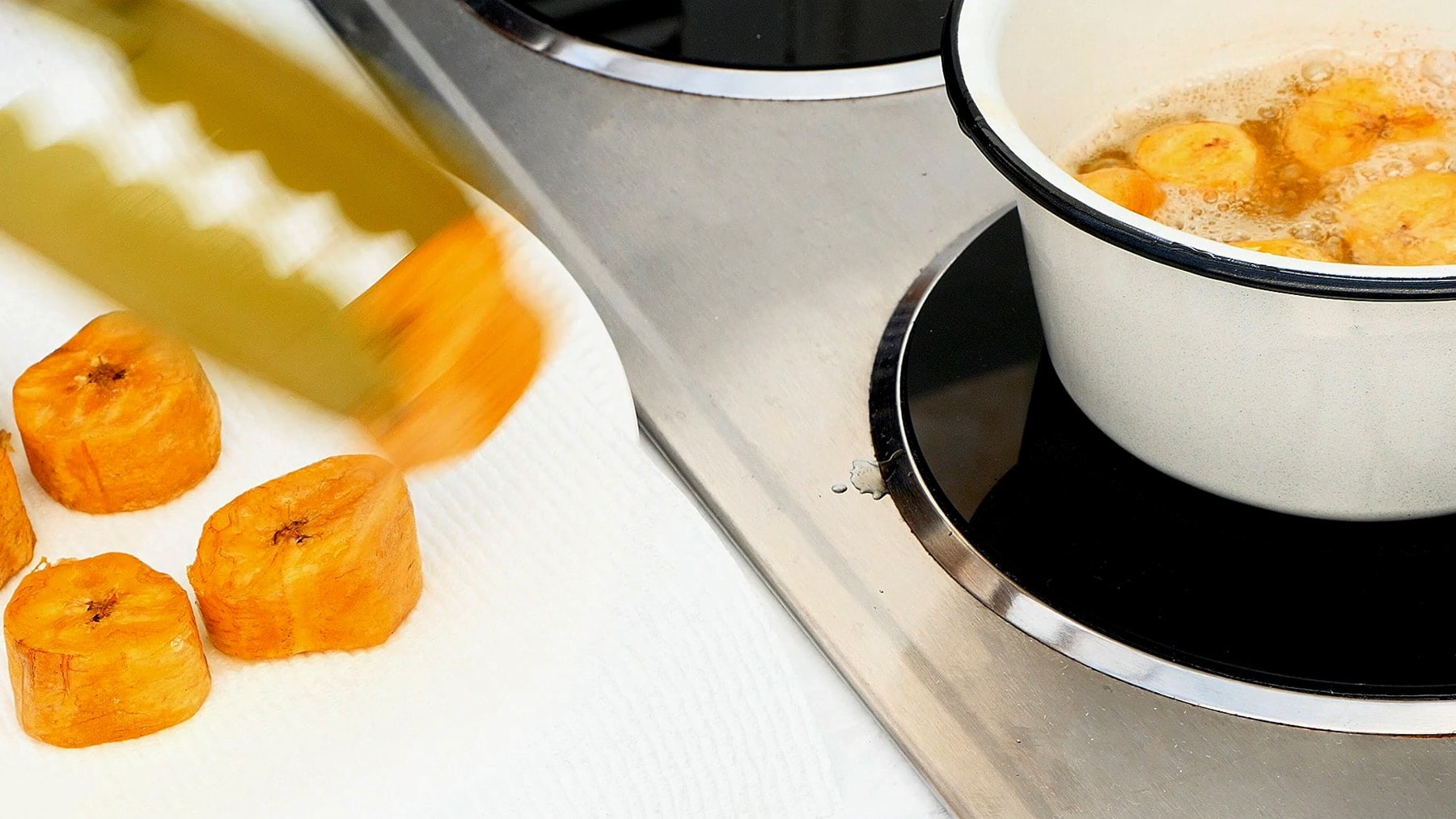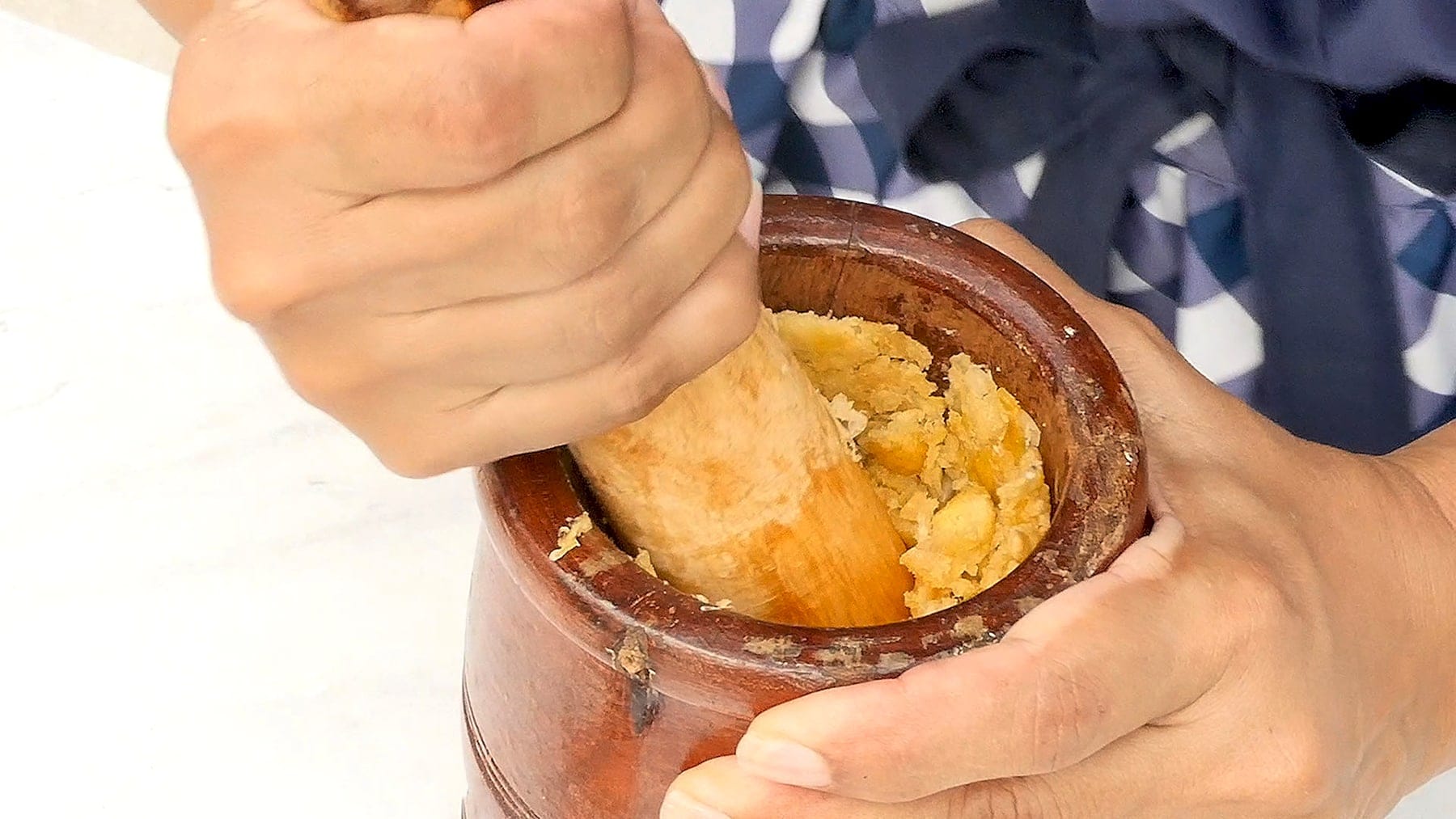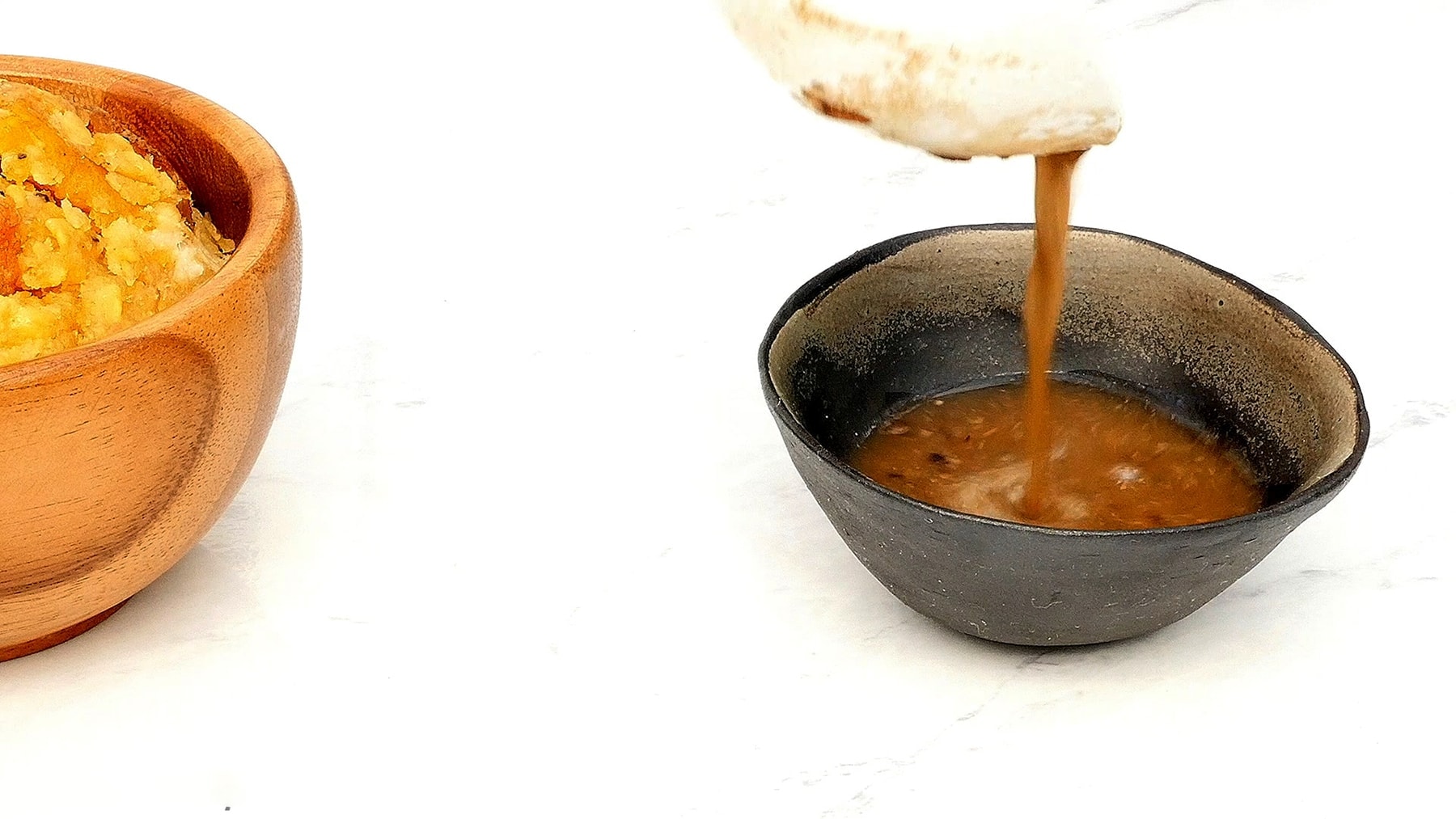
Enjoy the soothing flavors of Japan with our quick and easy Kake Udon recipe. This simple dish combines soft udon noodles with a flavorful soy-based broth, making it the perfect comfort food that’s ready in minutes. Customize it with your favorite toppings for a delicious and satisfying meal.
Ingredients:
For the Udon Soup:
- 2 packs of udon noodles (about 8 ounces)
- 4 cups of dashi stock (you can use store-bought or make your own by dissolving dashi granules in hot water)
- 1/4 cup soy sauce
- 2 tablespoons mirin (sweet rice wine)
- 1 tablespoon sake (Japanese rice wine)
- 1 tablespoon sugar
- Salt to taste
Toppings:
- Sliced green onions
- Kamaboko (fish cake), sliced
- Tempura flakes (tenkasu)
- Nori (seaweed) strips
- Soft-boiled or poached eggs
- Shichimi togarashi (Japanese seven-spice blend)
- Sliced mushrooms
- Spinach or other leafy greens
- Menma (fermented bamboo shoots)
- Grilled chicken or pork slices
Instructions:
- Prepare the Udon Noodles:
- Bring a large pot of water to a boil. Cook the udon noodles according to the package instructions (usually around 8-10 minutes) until they are soft but still have some chewiness. Be careful not to overcook them. Stir occasionally to prevent sticking.
- Drain the cooked udon noodles and rinse them under cold water to remove excess starch. This will prevent them from becoming too sticky.
- Prepare the Udon Soup:
- In a separate pot, combine the dashi stock, soy sauce, mirin, sake, and sugar. Bring the mixture to a simmer over medium heat. Taste the soup and adjust the seasoning with salt if necessary. Remember that the udon noodles will absorb some of the soup’s flavor, so it should be slightly on the salty side.
- Assemble the Udon Soup:
- Divide the cooked udon noodles between two serving bowls.
- Add the Hot Soup:
- Pour the hot udon soup over the udon noodles in each bowl.
- Add Toppings:
- Customize your udon by adding your favorite toppings. Common choices include sliced green onions, kamaboko, tempura flakes, nori strips, and a soft-boiled or poached egg. You can add any other toppings you like as well.
- Serve:
- Serve your homemade udon hot and garnish it with shichimi togarashi (Japanese seven-spice blend) if you like some heat. Enjoy your delicious bowl of Kake Udon!
With our “Quick and Easy Kake Udon Recipe,” you can bring the authentic taste of Japan to your kitchen without any fuss. Whether you’re a seasoned cook or a beginner, this delightful and comforting dish is a breeze to prepare, providing a warm and satisfying meal that’s perfect for any day. So, get ready to savor the flavors of Japan in no time with this convenient recipe.






 Shape the mixture into 6 balls and place each in a small bowl.Place the balls into the serving plates, and garnish with the broth, that you’ll use to pour over and moisten the mofongo balls.
Shape the mixture into 6 balls and place each in a small bowl.Place the balls into the serving plates, and garnish with the broth, that you’ll use to pour over and moisten the mofongo balls.




